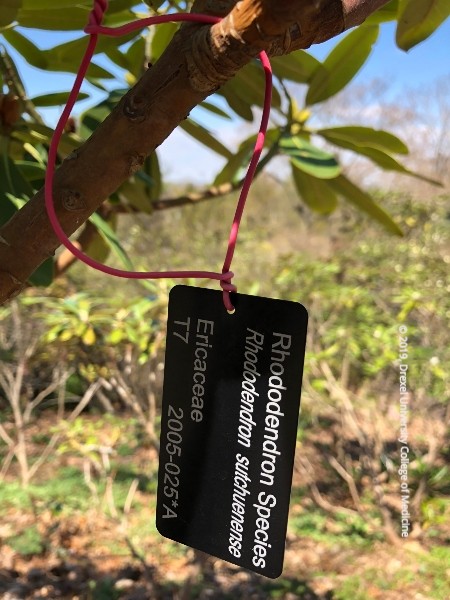
Utilizing gamma-emitting radiograph to x-ray metal that is too thick for conventional x-rays. Also they are convenient because they are portable. The source of radiation is either Ir-192 or Co-60 in a metal capsule called a pig tail and at the other end is a connector used by the radiographer at safe distance. An image is taken when the radiographer triggers the device and the image is implanted on the other side of the pigtail on a photographic film. Damage to the pigtail can lead to toxic radiation exposure.
Back to Top

From the Elapidae family. Venom can cause marked local effects, as well as systemic effects like headache, nausea, vomiting, abdominal pain, diarrhea, dizziness, collapse. Neurological manifestations include flaccid paralysis or seizures. These snakes can spit their venom, causing venom spit ophthalmia.
Back to Top



Flowering shrubs that bloom in the spring and flowers last a couple of weeks generally. They are shade tolerant so prefer living near or under trees. Toxicity from these plants is due to andromedotoxins in both the leaves and nectar, including the honey from the nectar. These toxins work by binding voltage-gated sodium channels leading to activation of these channels and depolarization (mainly affects the vagus nerve). The most common symptoms are cardiovascular effects (hypotension, bradycardia, AV block), nausea, vomiting, change in consciousness, diplopia, sweating, as well as other parasympathetic sequelae.
Back to Top

Ingested whole, those seeds do not pose much harm, but if crushed and swallowed may cause nausea, vomiting, diarrhea (may be bloody). In severe cases cardiovascular collapse, rhabdomyolysis, renal failure and death may occur.
Back to Top